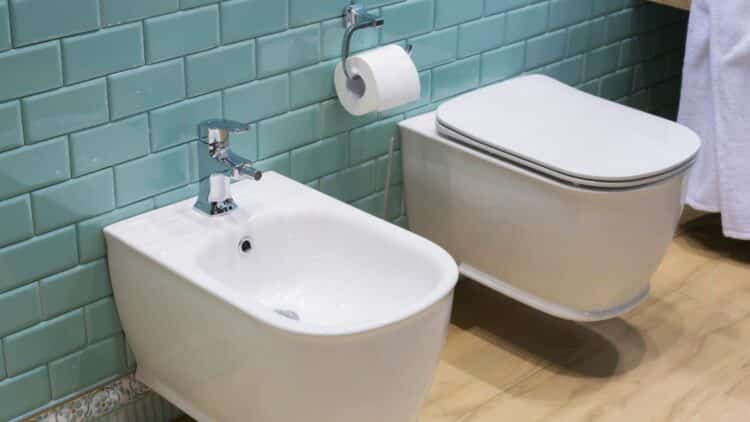You’ve probably heard that friend who has visited Europe repeat like a parrot: “Europeans have bidets in their bathrooms, they don’t use toilet paper.” However, real life is very different. Do you know what the most luxurious and modern bathrooms in a high-end European apartment have in common with the bathroom in a minimalist and economical studio apartment? That’s right, both have said goodbye to the classic bidet.
For centuries, this piece of porcelain was a symbol of European sophistication and cleanliness. The thing is, toilet paper didn’t become popular until the middle of the last century in most of Europe, so it was much more efficient to wash thoroughly every time we went to the bathroom.
The bidet and its history
Since its invention in France in the 18th century, the bidet has been an undeniable standard of European quality of life. However, it has been considered obsolete for decades now, and fewer and fewer newly built bathrooms have one. This became clear during the 2020 pandemic, when many people with modern bathrooms lamented not having a classic bidet when they couldn’t find toilet paper in supermarkets. People who had kept the bidet installed in their old bathrooms were grateful. And the fact is, he who laughs last laughs best.
But why don’t people want bidets in their bathrooms anymore? Are they dirtier or more careless with their hygiene? Thankfully, this lack of interest is not because people in Europe are a little dirtier, but because they are evolving. Now more than ever, it seems that we need maximum space efficiency, which leads us to avoid installing a bidet if it means we can have more space for a bathroom cabinet to store all our cosmetics. I started a video, and today there is a much slimmer accessory that does the same thing and is directly integrated into the toilet.
The Space Crisis
If you travel to a densely populated European city such as Paris, London, or Milan, you will see that the price per square meter is astronomical. Interior designers and architects are under constant pressure to maximize every corner. This is why the freestanding bidet has become a luxury that few are willing to pay for. Plus, it reminds you of your grandparents’ bathroom, which doesn’t look good in selfies or videos recorded for TikTok’s Skincare Routine.
This bulky accessory requires approximately 1 m² of dedicated space, as well as double plumbing installation, which multiplies the renovation budget. The current trend is for contemporary bathrooms with a minimalist, functional, and above all spacious style. The main goal is for it to look perfect in the photos you upload to Instagram.
The Revolution of Alternatives
However, saying goodbye to the bidet does not mean that people stop cleaning themselves. Nor does it mean that you have to take a shower every time you go to the bathroom. Simply put, the cleaning function of the bidet has evolved into other alternatives. The number one European successor to this is the hygienic shower (also known as Shattaf). Basically, it is a small shower head with a trigger installed right next to the toilet. It does not require additional space, is easy to install, and is relatively inexpensive, making it the most sought-after alternative. It is very popular in Nordic countries and Finland, and is gradually spreading throughout Europe.
The second most widespread alternative was seen decades ago in Japan, and it is the integrated toilet. Brands such as TOTO Washlet have been hugely popular for years in Japan and South Korea. It is a smart toilet seat that replaces the traditional one.
This seat becomes a toilet and bidet, all in one piece. It includes retractable nozzles, a warm water jet, and even air drying. We saw it years ago in an episode of The Simpsons, and only the Japanese are capable of revolutionizing something as simple as relieving yourself.

